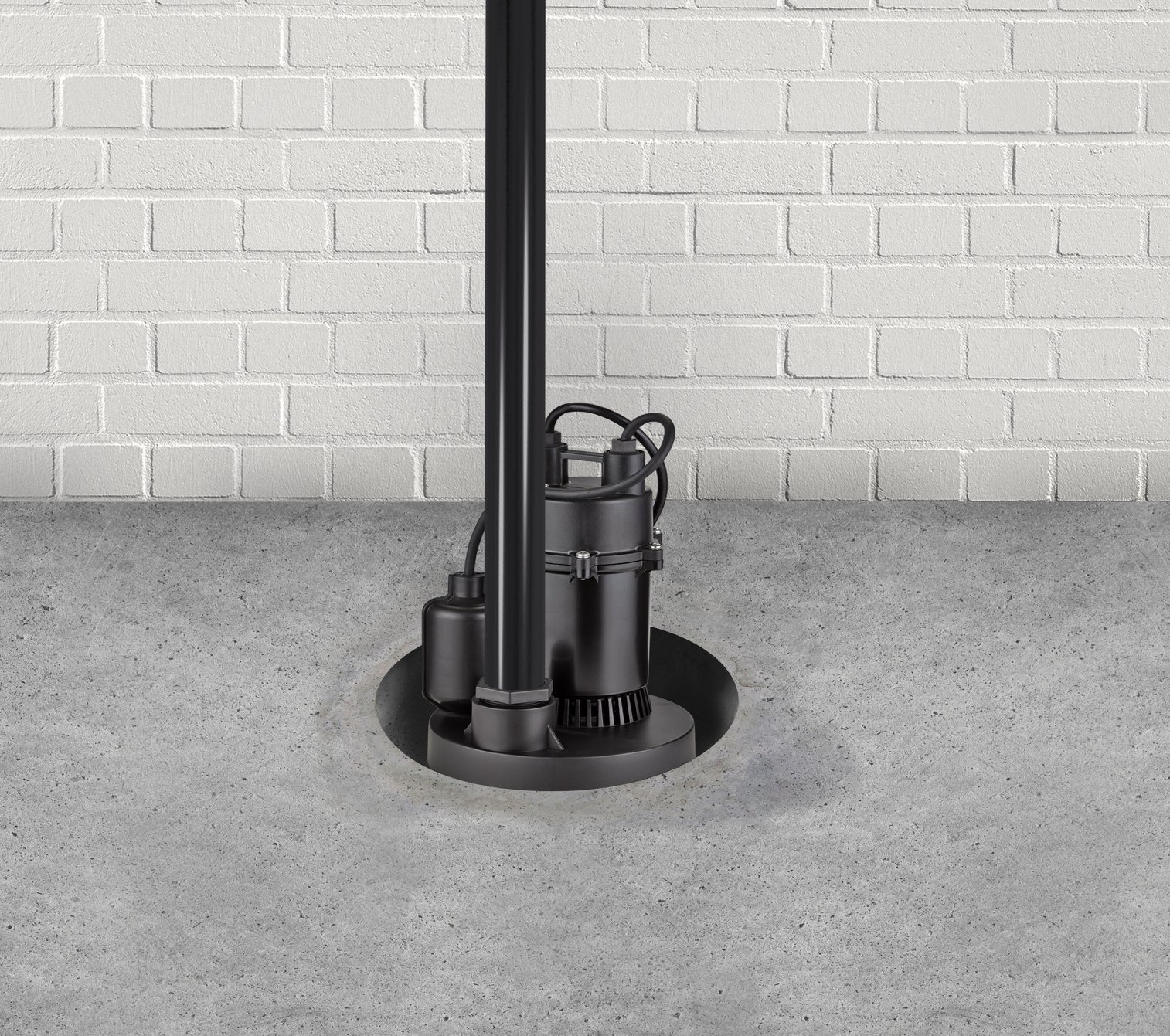How Do Sump Pumps Work?
Sump pumps are essential devices in many homes, particularly those prone to flooding or built on low-lying areas. They play a crucial role in keeping basements dry and preventing water damage. But how exactly do sump pumps work? Let's dive into the mechanics and operation of these important household tools.
The Basics of a Sump Pump
A sump pump is designed to remove water that has accumulated in a sump basin, typically located in the basement or crawl space of a home. This basin collects water from the ground around your home's foundation or from internal sources like rainwater, groundwater, or plumbing leaks.
There are two primary types of sump pumps:
Submersible Pumps: These are installed entirely below the water level in the sump basin. They are generally more powerful and quieter because they are submerged.
Pedestal Pumps: These have the motor mounted above the sump basin, making them easier to access for maintenance. However, they can be noisier and less efficient than submersible pumps.
Key Components
Understanding the key components of a sump pump can help you better appreciate how it functions:
Sump Basin: A pit where water collects.
Pump: The actual device that moves water from the basin to the outside.
Float Switch: This component activates the pump when the water level in the basin rises to a certain point.
Check Valve: Prevents the water from flowing back into the sump basin after it has been pumped out.
Discharge Pipe: Carries the water away from your home to a designated drainage area.
How It Works
Water Collection: Water enters the sump basin through drains or by natural migration through the soil.
Activation: As the water level rises, the float switch is triggered, turning on the pump.
Pumping: The pump motor activates, drawing water out of the basin through the discharge pipe.
Discharge: The water is expelled through the discharge pipe, away from the house, typically to a storm drain or dry well.
Deactivation: Once the water level in the basin drops to a predetermined level, the float switch turns off the pump.
Maintenance Tips
To ensure your sump pump operates efficiently, regular maintenance is essential:
Check the pump and basin every few months: Remove any debris that could clog the pump.
Test the float switch periodically: Ensure it moves freely and activates the pump.
Inspect the discharge pipe: Make sure it is free of obstructions and directs water far enough away from your home.
Consider a backup power source: Sump pumps rely on electricity, so a backup battery or generator can be crucial during power outages.
When to Seek Professional Help
While basic maintenance can be handled by most homeowners, there are times when professional help is necessary:
If the pump is making unusual noises or running constantly.
If you notice the pump not activating when it should.
If the water is not being discharged properly, leading to potential flooding.
A sump pump is a vital component in protecting your home from water damage. By understanding how it works and keeping it well-maintained, you can ensure it performs effectively when you need it most.
Conclusion: Keeping Your Basement Dry with a Well-Maintained Sump Pump
By following these guidelines, you can keep your sump pump in top condition and your basement dry. Regular checks and maintenance will go a long way in preventing potential water damage and ensuring your home's safety. If you encounter any issues that you're not comfortable addressing, don't hesitate to reach out to a professional for assistance.

